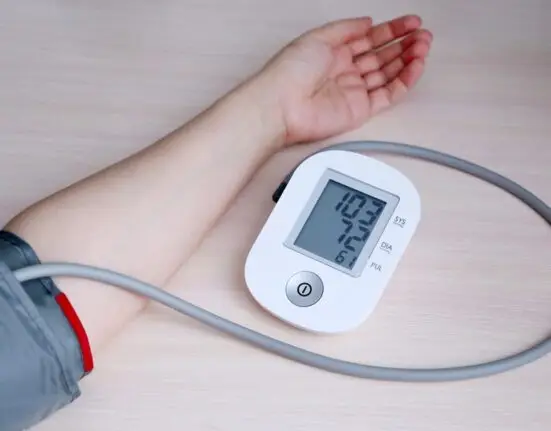Table of Contents:
- Introduction
- Defining Anxiety
- 2.1 What is Anxiety?
- 2.2 Types of Anxiety Disorders
- Symptoms of Anxiety
- 3.1 Physical Symptoms
- 3.2 Emotional Symptoms
- 3.3 Behavioral Symptoms
- Causes of Anxiety
- 4.1 Biological Factors
- 4.2 Environmental Factors
- 4.3 Psychological Factors
- 5. Diagnosis of Anxiety Disorders
- 6. Treatment Options for Anxiety
- 6.1 Therapy and Counseling
- 6.2 Medication
- 6.3 Lifestyle Changes
- 7. Self-Help Strategies for Managing Anxiety
- 8. Conclusion
1. Introduction
Feeling worried or scared is called anxiety. Many people have anxiety issues. It is a serious Mental Health issue. This post talks about what anxiety is. It also tells about the signs of anxiety. And it says how anxiety can be treated. The goal is to help people understand anxiety better. And help them deal with it in a good way.
2. Defining Anxiety
2.1 What is Anxiety?
Anxiety is a natural response to stress or perceived threats. Feeling worried sometimes is okay. You may feel worried before a job interview. Or before a tough choice. But if you feel worried for a long time, that’s a problem. If feeling worried gets in the way of your daily life, that’s also a problem.
2.2 Types of Anxiety Disorders:
There are several types of anxiety disorders, including generalized anxiety disorder (GAD), panic disorder, social anxiety disorder, and specific phobias. Each type has its own set of symptoms and triggers.
3. Symptoms of Anxiety
3.1 Physical Symptoms:
Physical symptoms of anxiety may include rapid heartbeat, sweating, trembling, shortness of breath, dizziness, and fatigue. These symptoms can vary in intensity from mild to severe.
3.2 Emotional Symptoms:
Emotional symptoms of anxiety often include feelings of apprehension, restlessness, irritability, and a constant sense of dread or impending doom.
3.3 Behavioral Symptoms:
Behavioral symptoms of anxiety may manifest as avoidance behaviors, such as avoiding social situations or activities that trigger anxiety, as well as difficulty concentrating, insomnia, or engaging in repetitive behaviors.
4. Causes of Anxiety
4.1 Biological Factors:
Genetics, brain chemistry, and imbalances in neurotransmitters such as serotonin and dopamine can contribute to the development of anxiety disorders.
4.2 Environmental Factors:
Stressful life events, trauma, and childhood experiences can increase the risk of developing anxiety disorders.
4.3 Psychological Factors:
Personality traits such as perfectionism or a tendency to worry excessively, as well as negative thinking patterns, can also play a role in the development of anxiety.

5. Diagnosis of Anxiety Disorders
Diagnosing anxiety disorders typically involves a comprehensive assessment by a mental health professional, including a physical exam, psychiatric evaluation, and discussion of symptoms and medical history.
6. Treatment Options for Anxiety
6.1 Therapy and Counseling:
Cognitive-behavioral therapy (CBT), exposure therapy, and mindfulness-based therapies are effective treatments for anxiety disorders. These therapies help individuals identify and change negative thought patterns, confront fears, and develop coping strategies.
6.2 Medication:
Antidepressants, benzodiazepines, and beta-blockers are commonly prescribed medications for anxiety disorders. These medications can help alleviate symptoms and improve functioning, but they may also have side effects and risks.
6.3 Lifestyle Changes:
Incorporating regular exercise, practicing relaxation techniques such as deep breathing or meditation, maintaining a healthy diet, and prioritizing adequate sleep can all help reduce anxiety symptoms.
7. Self-Help Strategies for Managing Anxiety
Handling anxiety needs help from experts. But you can also try things yourself. Breathe deeply when stressed. Make goals you can meet. Talk to people who care. Don’t drink or have too much coffee. An anxious person sometimes worries too much. Taking small steps helps. Short sentences make reading easy. While long ones add variety. Anxiety comes and goes. But it gets better with time.
8. Conclusion
Many people feel worried or nervous sometimes. This is called anxiety. It can make life hard. But there are ways to feel better. Learn the signs of anxiety. Understand why it happens. Look for help to manage it. With support and treatment, you can feel better and live life happily. Pay attention to your feelings. Ask for help when you need it. With time and care, you can get through anxiety.







Leave feedback about this